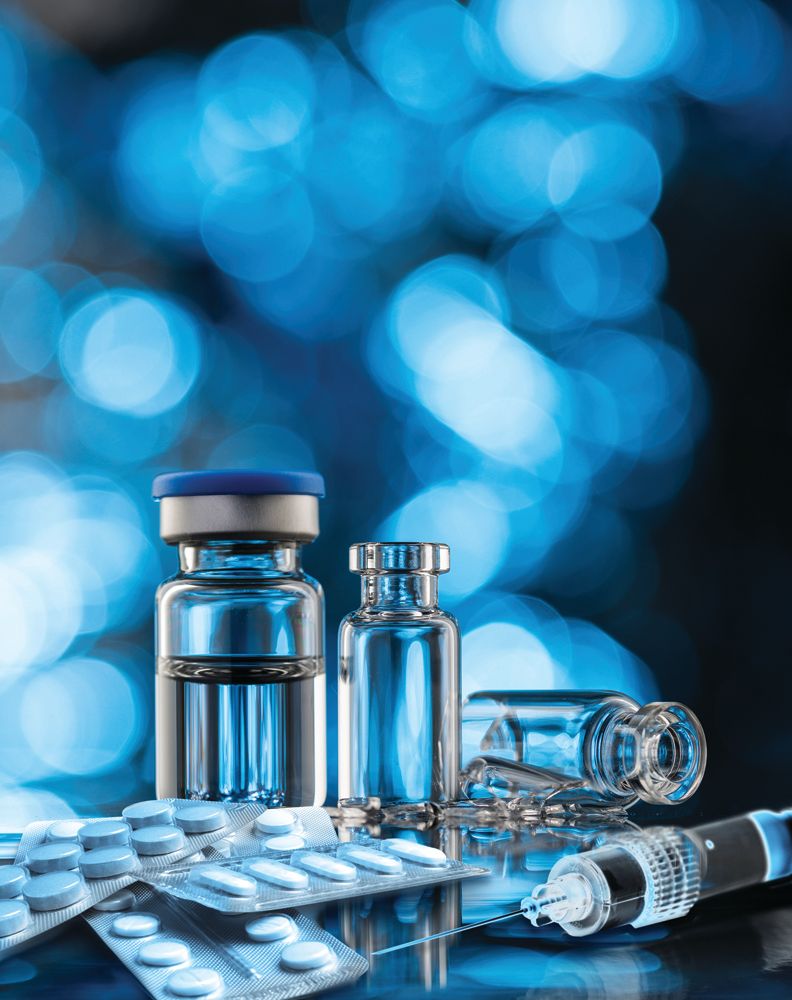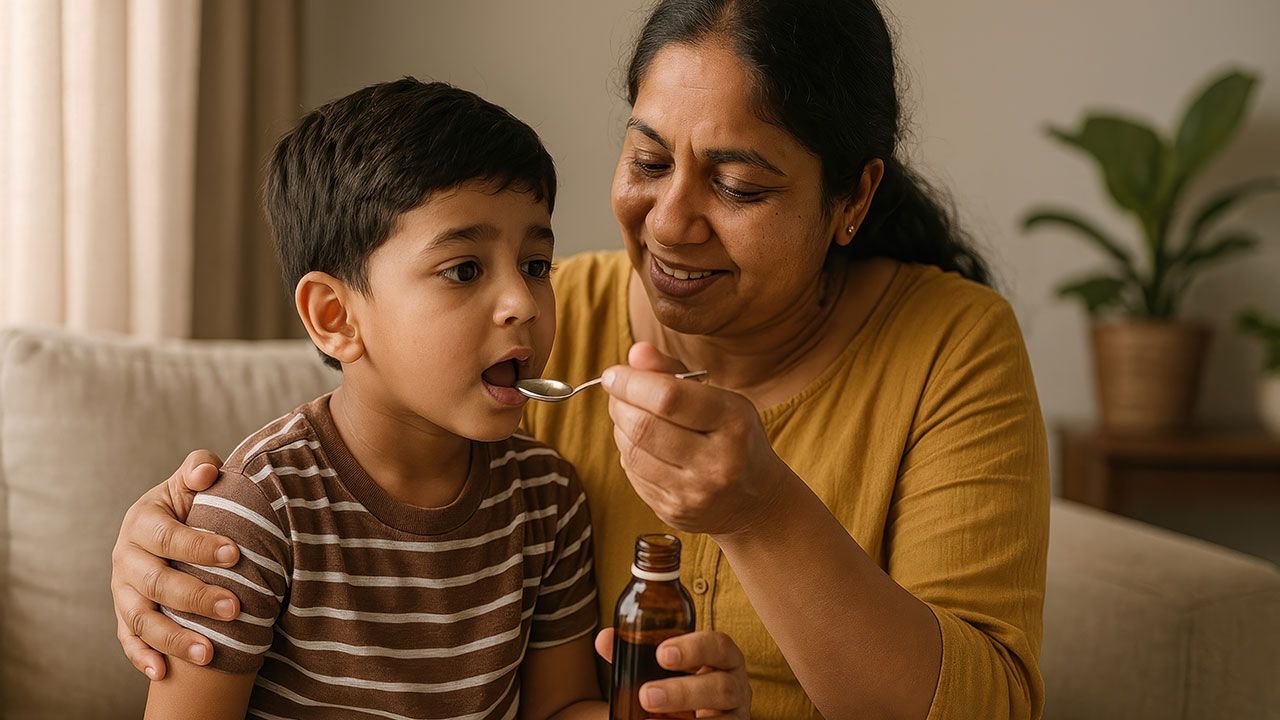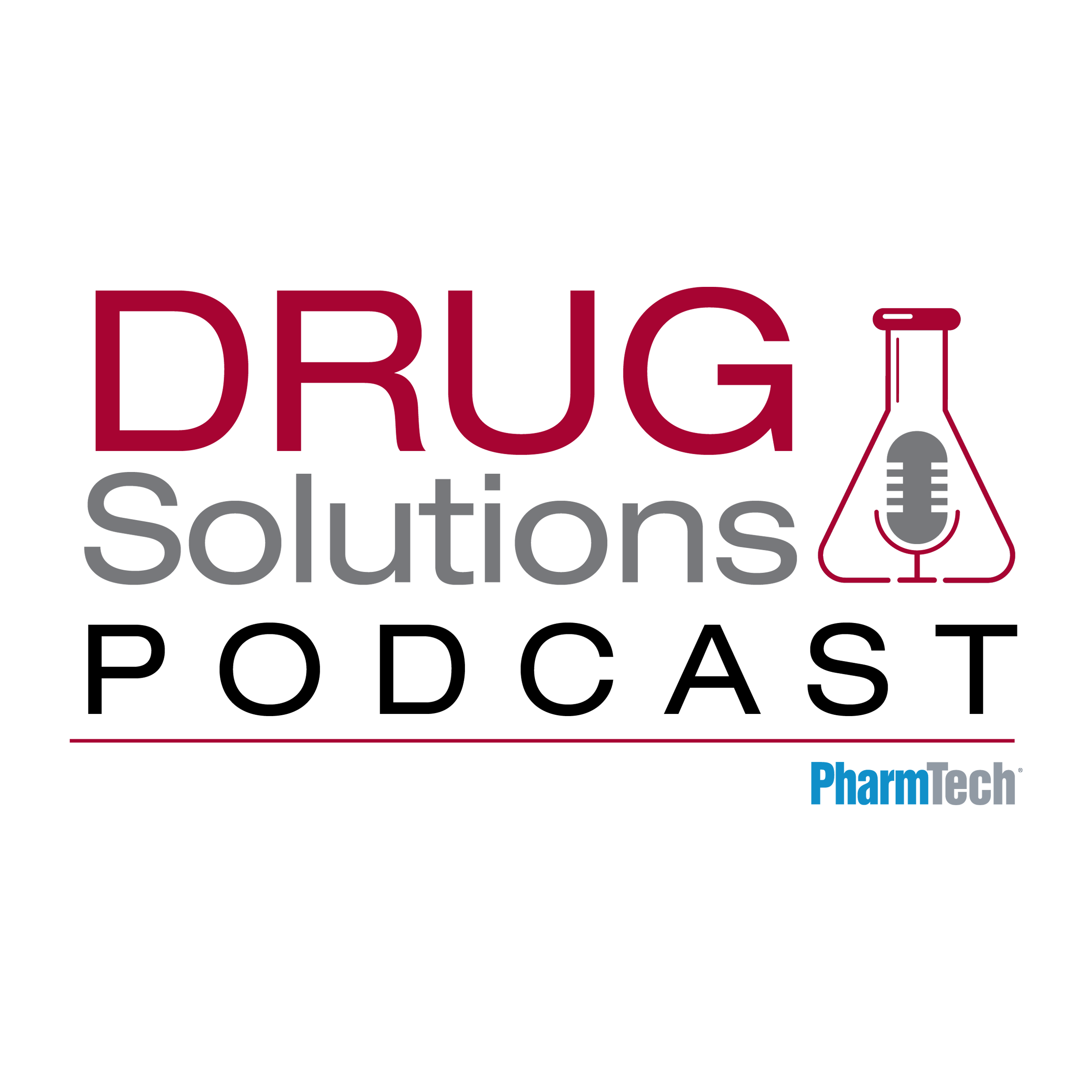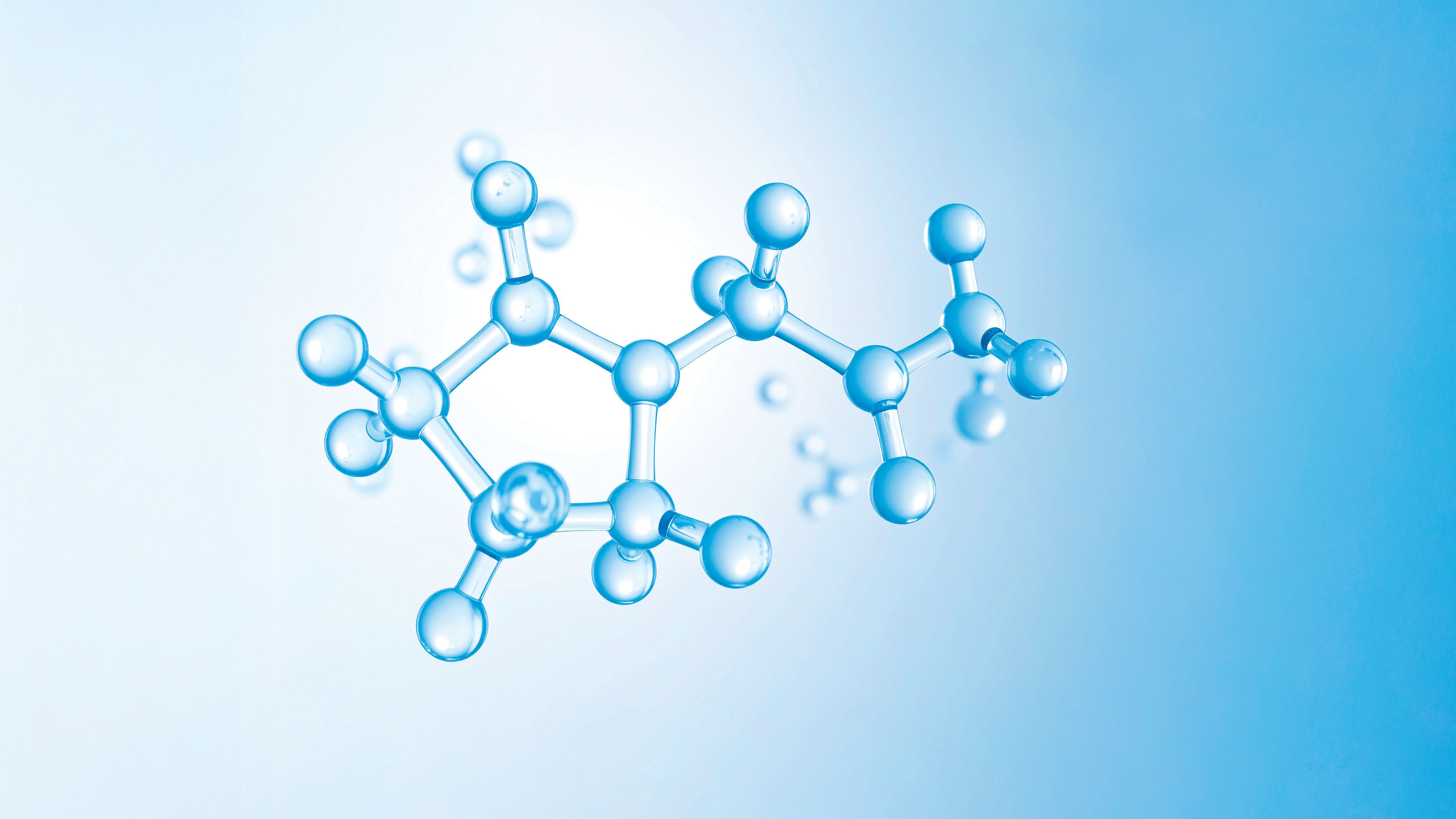News
Article
Pharmaceutical Technology
Elucidating Parenteral Packaging Requirements for Future Drugs
Author(s):
The development of new packaging solutions that are fit for drugs of the future requires close collaboration between the pharmaceutical manufacturer and its packaging suppliers and machine vendors.
Studio Formfrei/Funnyangel/Vladm/Shutterstock.com; Dan Ward

As real game-changers in the treatment of diseases, biologics have a dominant share in the global pharmaceutical market today. EvaluatePharma has projected that by 2022, biologics will make up 52% of the top 100 product sales, overtaking small-molecule drugs (1). It is, therefore, not surprising that biologics are becoming a major part of drug development pipelines, especially for Big Pharma. The number of new biologics on the market has been growing steadily despite the highly complex production process; however, because of delivery challenges associated with non-invasive routes, most of these drugs will be developed for parenteral administration.
The focus of product development has evolved into making parenteral administration more convenient for the patient or healthcare provider while improving manufacturing, notes Martin VanTrieste, an expert and consultant in all aspects of quality in the pharmaceutical industry, who previously served as senior vice-president at Amgen, responsible for quality assurance, quality control, compliance, and operational excellence. “Packaging has thus become an integral part of the drug concept,” he says. “Besides contributing to patient safety, parenteral packaging should also allow for more flexibility, such as the use of different filling lines. It should facilitate manufacturing and contribute to a lower total cost of ownership, which can be achieved through standardization, for example.”
Pharma manufacturers are generally looking for smooth and reliable processes, observes Markus Hörsch, sales and marketing director at Bausch + Stroebel. “Due to increasing drug costs and the associated rise of unit value, pharma manufacturers are seeking to minimize product loss during the filling operation. There is a lot of interest in all kinds of process controls. We notice that such applications are being requested more and more to prevent rejects and raise process safety,” he says.
Packaging solutions shaped by industry trends
The challenges of parenteral packaging facing R&D-driven pharma companies arise from three significant trends shaping drug development and manufacturing activities. Firstly, the shift toward customized therapies that target smaller patient populations is driving the demand for more efficient and flexible fill/finish processing, VanTrieste observes. Smaller batches require small, flexible fillers, which are able to process multiple containers such as vials, syringes, and cartridges, Hörsch points out. “Pharma manufacturers want the flexibility to process different products and containers on the same machine and at the same time, while minimizing changeover times. Fast changeovers between different packaging containers are, therefore, important,” he explains. “Today, more and more containers as well as the components are supplied as ready to use, which means they are already washed and sterilized. Thanks to such formats, pharma manufacturers can focus on their core business of filling their product.” VanTrieste, however, adds that there is a need for standardization of ready-to-use packaging platforms.
Secondly, there is an increasing number of highly concentrated, and thus, highly viscous drug formulations, which require high-dosage accuracy. “Extremely accurate container volume specifications (such as inner diameter and length) are needed for such formulations,” VanTrieste explains. Thirdly, the trend toward higher dosage volumes with longer administration times is triggering the need for device integration to enable convenient self-administration outside the hospital setting. “In this case, accurate dimensions for enhanced container/device compatibility are required,” VanTrieste says.
“Taking all these requirements into account and considering the huge number of already marketed therapies and existing drug/packaging configurations, it becomes evident that future pharma packaging has to be a modular concept,” VanTrieste highlights. “Thus, the most important question is: what is the most sufficient packaging solution per therapy, determined by patient, drug, and fill/finish requirements.”
Early collaboration is crucial
The risks associated with packaging are often not at the forefront of early stage development, but for biologics particularly, the container can have a profound impact on the drug product. The industry now recognizes the importance of focussing on primary packaging in the drug development process.
For biologics, new drug products are often launched in vials or syringes, observes Professor Volker Rupertus, senior principal expert for Schott. “Given the complex and sensitive nature of these molecules, the compatibility of the packaging material with the drug product is an important aspect. But it’s also equally important to ensure that the packaging meets machine fill/finish requirements as well as patient requirements, such as the need for self-administration,” he says.
“It is unlikely that we will have one packaging solution that covers all drugs,” Rupertus points out. “Therefore, collaboration between the pharmaceutical company and its packaging suppliers (including the elastomer component suppliers), machine vendors, and fill/finish contractors is needed. In fact, it is important to develop the drug product and its appropriate packaging at the same time,” he says.
VanTrieste believes that the earlier all parties are brought to one table (at the latest, prior to clinical studies), the better. He adds that a close collaboration involving all parties will support pre-qualification of packaging combinations and platforms. “Such collaboration will also support the final packaging evaluation for a specific drug market launch,” he says. “Moreover, the close collaboration can pre-define packaging iterations during the lifecycle of a certain drug.”
Packaging suppliers are constantly working on new packaging solutions to meet the needs of more complex and sensitive drug product, notes Hörsch. “During the development process, the packaging suppliers will reach out to the machine vendors to get feedback about the processability of the new packaging on the existing lines,” he explains. “For the packaging supplier as well as the pharma company, this discussion helps later on when the new packaging is introduced into the market because there are already technical solutions to process the new packaging.”
Hörsch points out that for machine vendors, it is a huge benefit to know what packaging might soon come to market and to have the opportunity to give feedback and proposals for minor changes. “This interaction allows us to create the best possible solution for the pharma customers and prevent difficulties or problems during the processing of the packaging,” he adds. “From a machine vendor’s perspective, we prefer the standard primary containers (e.g., like ISO formats defined for vials in ISO 8362-1) with tight geometric tolerances to enable stable and highly efficient processing. The same applies for ready-to-use configurations, with regards to the outer packaging, tubs, and nests.”
No one-size-fits-all solution
“As the requirements for drugs are getting more and more diverse with the advent of new therapies, trying to establish one best solution that is applicable to all drug products is not helpful for an industry that wants to reach a cost/benefit optimum,” says Rupertus. “To give you an analogy, this would be like developing a car that has a tremendous acceleration and at the same time, can transport 30 tons of load.” He explains that the challenge is rather to find the best possible solutions for a specific application, and ideally bundle existing technologies into platforms.
“The really interesting packaging solutions today are not about building new technologies, but rather combining technologies,” observes VanTrieste. “Examples are applying existing standards of syringe filling to nest-and-tub configurations for vials and cartridges, or applying proven toughening procedures to tried-and-true borosilicate glass instead of pushing for change in the glass type.” He adds that changing the glass type would come with high testing work for a holistic risk assessment as well as regulatory effort for re-registration.
Customer requirements
Despite interest in other novel materials, borosilicate glass is still regarded as the preferred primary packaging material for parenteral drugs due to its long track record and the large amount of available data. Schott asked customers what they consider as the most important aspects with regards to the packaging container of their drug products. “The vast majority underlined that they want to base any packaging decision on long-term scientific data to minimize any safety risk for the patient and that they want to keep regulatory efforts to the minimum,” says Rupertus.
“An important aspect is the high quality of the glass surface to prevent damage and breakage,” Hörsch highlights. “During the whole process, various forces, such as heat and pressure impacts, can influence the stability of the glass object. Microcracks or scratches, which are already in the glass, can then result in potential breakage of the glass and compromised efficiencies of the processing equipment.”
“The most important requirements I see for glass containers are glass strength, low particle counts, critical dimensions, and cosmetic appearance,” says VanTrieste.
Cosmetic quality
According to Rupertus, cosmetic quality (i.e., accurate dimensions and flawless surfaces) is the most prevalent demand among its customers. The dimensions are important for several reasons. “First, the more accurate the vial, syringe, or cartridge, the more smoothly it will run on the production line,” he explains. “Second, tight tolerances, for example, in inner diameters, lead to improved container closure integrity and gliding force in the case of syringes, as the fit between the elastomer components (e.g., stopper) and the container is much better.”
“A flawless outer surface has, in fact, a huge impact on the reduction of breakage,” says Rupertus, who has undertaken extensive studies on glass surface characteristics. “Glass has a remarkably high internal strength. Its weak points are small cracks on the surface or edges. These micro-defects can spread inward as mechanical stress increases, leading to sudden fractures. Looking at it the other way around, vials of high cosmetic quality with an intact surface are already at least twice as resistant to breakage.”
Rupertus points out that breakage is mainly a problem with old filling lines, considering that surface defects are mostly caused by production or handling. “Newer lines come with improved handling technologies, and with the switch to ready-to-use filling lines, where the packaging is safely fixed in a nest, we no longer have this problem,” he says. “A variety of technologies are available to improve existing lines. We know of a variety of cases where minor adjustments have already made a huge difference.”
Rupertus highlights that for the vast majority of applications, improved cosmetic quality (and thus reduced breakage risk) plus line optimization are an adequate solution. “In cases that require stronger break resistance (e.g., toxic drugs), proven chemical toughening procedures can achieve compressive stress in the glass surface, hence, preventing cracks from propagating and making the respective glasses more break-resistant. This method is an industry standard. Schott and others, for example, have been offering chemically toughened borosilicate glass cartridges for some time. This procedure can also be applied to produce vials with higher break resistance,” he says.
Rupertus explains that further improvements related to particles and/or pre-damages, such as scratches or chips, can be achieved with better forming technologies combined with automated camera systems/inspection technology. “Such technologies also help to avoid scratches and reduce particle load significantly,” he notes. “To further evolve this, packaging suppliers and machine manufactures can form close ties and work on improved glass handling, advanced transport and logistic concepts, standardized interfacing, and Big Data approaches to name a few.”
Conclusion
“With more patients around the world gaining access to healthcare, supply chains are becoming more complex,” says Rupertus. “For suppliers, concentrating on their own processes no longer suffices. While this complexity certainly poses many challenges and calls for new ways of collaboration, there is also a positive side to it-working closely can indeed fuel supplier-enabled innovation. Packaging serves as the interface to the patient and is the key to achieving dosage accuracy and enabling self-administration. Therefore, working closely with packaging, filling line, and elastomer partners can help pharma companies to market drugs in a faster and safer way.”
Reference
1. EvaluatePharma, “World Preview 2017, Outlook to 2022,” June 2017.
Article Details
Pharmaceutical Technology Europe
Vol. 30, No. 1
January 2018
Pages: 14–17
Citation
When referring to this article, please cite it as A. Siew, “Elucidating Parenteral Packaging Requirements for Future Drugs,” Pharmaceutical Technology Europe 30 (1) 14–17 (2018).
Newsletter
Get the essential updates shaping the future of pharma manufacturing and compliance—subscribe today to Pharmaceutical Technology and never miss a breakthrough.





